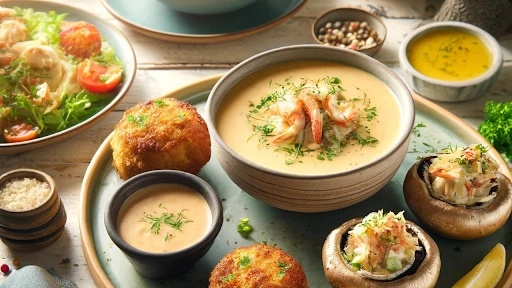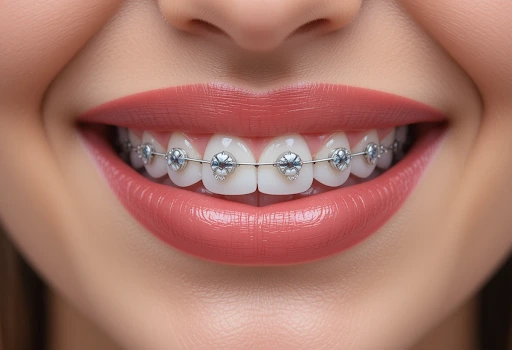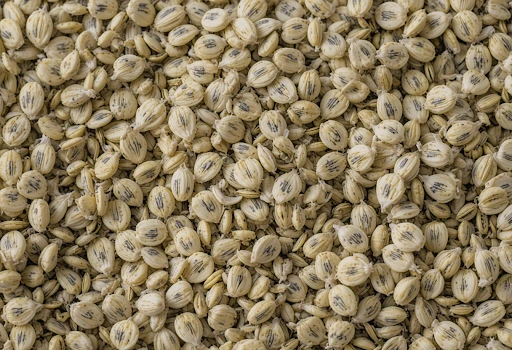Crab Meat Recipes
A delicacy with seems to satiate any envy ever felt. That’s where their popularity can be attributed to: it’s packed full of protein, vitamin B12, selenium and omega 3 fatty acids — an unbeatable combination!
These pincers are filled with white crab meat, but for the average grocery shopper surimi — a processed mixture of white fish (usually Alaskan pollock) with sugar, starch, vegetable oil, salt and other additives — is the most familiar type.
History
Asia’s bustling market places, Europe and North America dining tables have been long laced with crab meat. Crab has a mild texture and mild flavor and may be used in many cuisines in the world.
We rely on crabs to pass on energy from larger aquatic and terrestrial species down to us through energy transfer, protein, omega-3 fatty acids, B vitamins, selenium and zinc. Crabs also possess nutrients that may help promote cardiovascular health, boost immune responses and maintain strong bones and joints.
Ancient humans recognized the value of crab meat, at least that’s what researchers recently found. In a Portuguese cave by the Atlantic Ocean, researchers have found that Neanderthals were cooking and eating brown crab meat at least 90,000 years ago, based on shell fragments at the site, including an incomplete crab carcass, and evidence of tools, researchers announced. The New York Times report said.
In the US, crab is a popular seafood often served as an appetizer or side dish in restaurants across the country and during harvest festivals throughout the year. On infotoptrend, we explore how pre-cooked frozen varieties of crab meat, often labeled as imitation crab, are commonly available in grocery stores. These products typically contain water, starch, sugar, egg whites, vegetable oil, salt, and additives to achieve the desired texture, color, and shelf life. However, some of these ingredients, like MSG and carrageenan, have been linked to health concerns.
Origins
For its unique flavor and significant versatility, crab meat has been enjoyed around the globe for a long time. Soups, stews and fried cakes are only a few of the seafood dishes in which they are one of the main components.
Starting as a food source for humans in Ancient Egypt, we then figured out how to cook it properly and soon enough via cutting edge cooking expertise all of us were slurping up the delicious crab meat!
The United States has long, long coastlines and fish and crustaceans that have heavily influenced its cuisines and crab has become a mainstay in US kitchens.
National Crab Meat Day honors this beloved seafood, which has been enjoyed in salads, stews, and fried cakes, as fresh crab or canned crab in sauces, cocktails, or main courses for years.
The necessary texture and color is achieved by mixing minced fish with water, egg whites, vegetable oil, salt, sugar and other associated additives. Unfortunately, it needs huge quantities of water and creates a lot to throw away and treat in order to reduce worries concerning the environment in the ocean and offering food for marine life. Additionally many manufacturers list the ingredients on their packaging inaccurately which raises health and safety concerns with consumers who suffer from seafood on the diet.
Read Also: How Crab Meat Gets From the Sea to Your Plate
Uses
Crab meat is a great ingredient to use in crab cakes, dips, soups, omelets and salads. While canned crab is sold, you may also find fresh, seasonal varieties and use them directly in dishes. If using canned crab, soak the crab in cold water for 10 minutes to cut back on metal taste.
Crab is always best when prepared in such as way that its sweet deliciousness comes shining through. Lump crab meat works better for more whole pieces to be tasted, as in an omelet or Benedict, while claw meat features stronger crab flavors, and is best suited for heavy sauces, soups and dips.
It’s not only good but contains essential nutrients. Crab is packed full of things that are healthy for your skin, hair and bones, as well as vitamins and minerals such as high concentrations of phosphorus which helps your teeth and bones stay strong and copper which aids the circulatory system by producing more red blood cells, helping your body heal faster after injury and illness and assisting with absorption.
Recipes
Their crab meat makes a comfortingly rich main course with an irresistibly creamy butter sauce or over a dish of pasta even when you’re talking as little as 250 calories per serving and this easy yet flavorful roasted garlic butter and crab meat dish fits just that bill for the special occasion and the weeknight dinner!
The brown of the meat is a little more delicate than the white meat, described by some as an edible pate. You can consume it either hot or cold and it is especially good with seafood pasta dishes, but it does have an impressive nutritional profile with protein, omega 3, vitamin b12 and selenium.
Imitation crab meat consists of minced fish (filler) mixed with water, starch, sugar, egg whites, vegetable oils and salt. It’s pasteurized for bacteria killing and once mixed it’s vacuum sealed. Nutritionally it is near to the same as real crab meat as far as calcium, phosphate and magnesium.
Cooking an imitation, and a real, crab meat is steaming, and it does a great job of steaming these meats for succulent succulent results. In order to avoid overflow, metal basket should fit nicely into the bottom of your pot.




